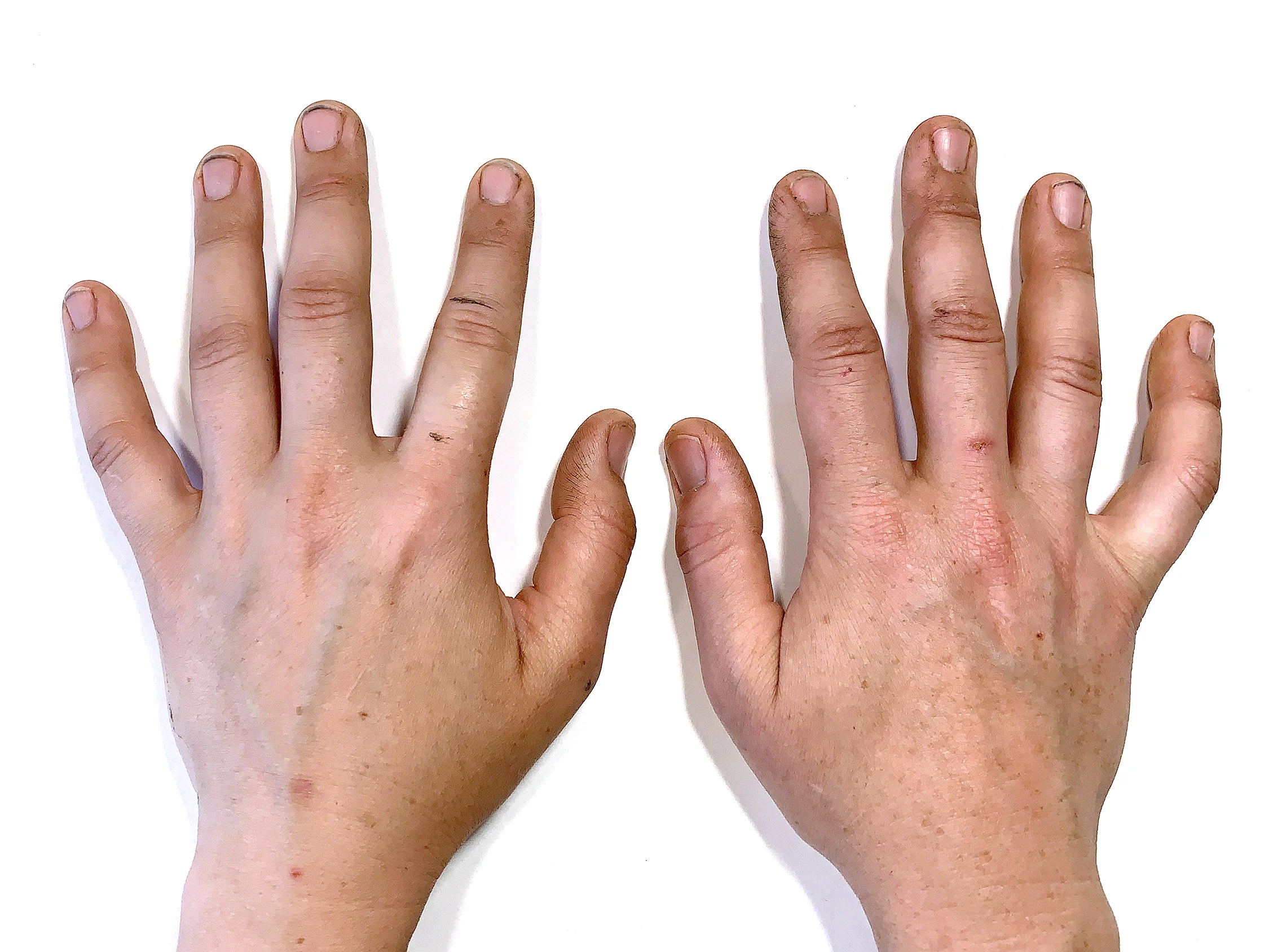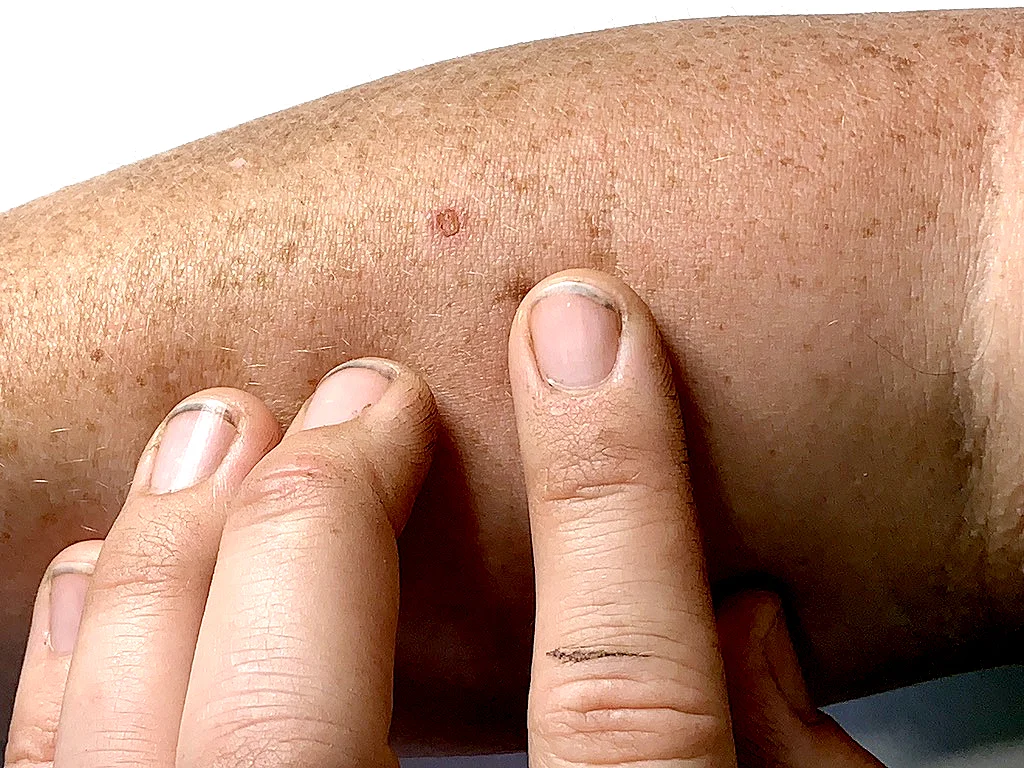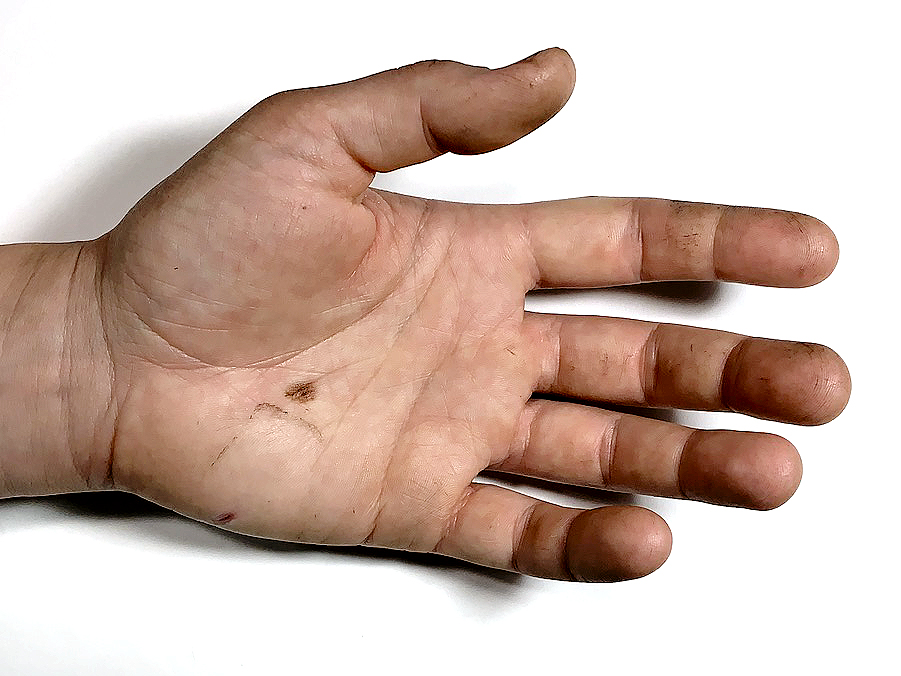In Homage to the Oldways
Mary Sullivan
1.
The dirt
stays
in the skin.
My body is a library; a catalogue of short stories, comedies, and tall tales chronicling three weeks worth of research in the form of bruises, lacerations, and scorched skin. All in various stages of recovery, each wound threatens to heal into a blurry, imperceptible scar only to fade into a foggy dreamscape of longing for my Oldways Eden in the dense conifer hills of Santa, Idaho.
Hunched postures, the repeated swinging arc and clang of hammers on anvils, and chirping pulls of bone and brass across keen files and rasps scribe exhausted anecdotes in muscles that have rarely been called upon for this dialect of industry. Hours of leaning over murky vats pulling fibrillated cellulose into evenly felted sheets of handmade paper write riddles of knotted fibers across my shoulders and down the length of my stiffened spine that even sympathetically sore, palpating hands and probing fingers cannot unwind.
Tender bruised ribs once provided leverage for long draws between a sharp Sloyd knife and a half-whittled spoon. And my lightly foxed skin now deeply, abundantly freckled reveals a prolonged healthy dose of sunshine that will soon fade into an ephemeral memory back to its previously milky complexion.
On my right forearm, a mole-sized burn slowly draws together surrounding tissue, a divot of skin burned away, the scab red and angry. A wandering ember landed there, floating from a homemade coal forge while I toiled to hammer wrought iron into amateur chain links in a dirt-floored aluminum shack.
A cinder that escaped from a late night garden campfire nearly three weeks ago left another burn on the first knuckle of my right middle finger. It wormed its way between my right thigh and a chair after a series of pops and crackles ejected it from a log of punky sycamore. In pleasant inebriation I punched out the glowing coal to save my jeans, and the chair. The ember, then extinguished, left its dying reprimand branded on my finger—pink skin pulling on an orange weeping scab, and slow to heal.
My right hand, my dominant tool, is a topography of scars, blisters, and cracked skin, dyed in deep irregular tidelines of foraged huckleberry juice. I have etched my fleshy pads with ferrous tools and sharp brass. Moments between exhaustion and impatience mark conflict between honed edges, and the careless positioning of novice fingertips hard at work. Small, round losses of epidermis are the payment for careless petulance.
My left hand, my stabilizer, became a splintery form at which I absentmindedly whittled. I landed a penetrating sting into my forefinger with an engraving tool, plunging deep to the bone as the tip skipped over the polished surface of a wasp-shaped brass finishing tool—a reckless disconnect between force, direction, and mass into a misplaced knuckle. The V-shaped entry wound still marks the spot but no longer weeps—constantly covered by ointment and sterile cloth.
My left palm, the meat residing far below my smallest and most useless digit sustained the worse loss of all. A gradient, seed-sized scoop of flesh hollowed out by a poorly sharpened hook knife in an impatient attempt to excavate a length of Rocky Mountain maple. They say a dull edge can cause more injuries, but a moderately sharper tool when combined with exhaustion and inexperience can prove to be more efficient for carving craters in a poorly placed palm.
I removed the flap of skin that had once lived there, clinging by a pitiful isthmus of cells, with my teeth and consumed it—explored and eviscerated by canines. This inkpot bled for days, and wept wide under frequently replaced bandages. And angry punctures, tears, and splinters of anonymous origin still march through my lifeline, outlining past-life and future experiences, haloing a nut colored mole at the center of my palm I once believed to be my sacred stigmata in times of devotional delusion.
My fingernails on both hands detail indiscriminate biting passes of rasps and saw blades and the deliberate skipping edge of a well-stropped pocketknife. Beneath nicked nails lies a collection of grit and pitch that clings to its beds, holding fast, refusing repeated soaks and soapy brushes. I’ve never felt so guilty from trying to wash away the dirt. The gouges in my nails, visible only by raking light, will eventually grow out along with this particular vein of sediment.
Days tick by as I witness these memories begin to fade—those buried in my mind and written onto my skin. The darkened, cracked calluses on my hands will slough and soften. Scratches and burns that mark my body will scab and itch, turn pink, and then scar pale. My engraved and berry-dyed nails will grow out and pretend that this was all in a dream. It was a dream in its own way, but one made of beloved people, places, and things—smells and tastes, sounds and sacred visions, touches and exhaustions, successes and failures—wisdoms that shape a person.
That, all of that, I would gladly revisit every day, drinking it in like a round whiskey or a good book in the warm corner of a quiet room. For as I labored to shape wood and bone, celluose, metals and skins into an artifact worthy of my forbearers I too found myself in an altered, reverent heart. Drawn and quartered, spun and plied, hewn, etched, and forged into a new consciousness that cannot unknow it’s own making. I will not, cannot forget that place, or the people that made it a refuge for three weeks in Northern Idaho. I will go back to this hallowed wood, hopefully sooner than my last visit that stretched nine years between multitudes of hopeful promises. Until then I will mourn this place and all who visited and still live within it—my paradise, not lost but waiting for me to return home.
C. 2019 Mary Louise Sullivan, all rights reserved.







